Azerbaijan's use of force in Nagorno-Karabakh risks undermining key international norms, signaling to dictators that might makes right
Published in Political News
The United States’ top humanitarian aid representative, Samantha Power, was dispatched on a fact-finding mission on Sept. 26, 2023, to a registration point on the border with Armenia for those fleeing the Armenian-populated enclave of Nagorno-Karabakh. What she found was frustration: “Sanction Azerbaijan or go back to your country! We don’t care. Stop the lies!” someone shouted in a mid-press conference interruption.
Underscoring the gravity of the situation, Power’s visit coincided with a fuel depot explosion across the border in the disputed territory that killed at least 68 people, with 105 reported missing.
As an Armenian scholar of international affairs, I see the anger directed at Power reflecting two realities: the worsening plight of Armenians in Nagorno-Karabakh and the perceived inaction of the international community. Should the authoritarian regime in Azerbaijan be allowed to act with impunity in Nagorno-Karabakh, then I fear it will only further erode the international principle of nonuse of force.
The violence the people of Nagorno-Karabakh are trying to leave behind ramped up on Sept. 19, when Azerbaijani forces launched “anti-terror” operations on the enclave – populated by Armenians but within Azerbaijan’s recognized borders – claiming that some of its servicemen were killed by land mines placed by the Armenian side.
The flare-up of violence is only the latest episode in a long-standing conflict. And it was not entirely unexpected; troops had been building up for weeks prior to the assault.
A Russian-brokered truce was announced the following day, on Sept. 20. It saw the self-declared Nagorno-Karabakh Republic – or, in Armenian, Artsakh – acquiesce to disarming and disbanding. The Nagorno-Karabakh Republic had been in de facto existence since 1991, though never formally recognized by any nation or international body.
There are now deep concerns that the world is essentially witnessing a genocide in real time – despite the reticence of the U.S. and other actors to use that term.
Azerbaijan has pushed its rhetoric on “reintegrating” the Armenian population of Nagorno-Karabakh for some time now. The Azerbaijani government in the capital Baku presents its country as a multiethnic, cosmopolitan society in which the Armenian population can fully participate, with all of its cultural rights guaranteed. But the regime in Baku has a well-founded reputation for authoritarianism, suppression of dissent and repression of the Armenian population in particular.
Before the latest violence, Nagorno-Karabakh had been under a nine-month partial or whole blockade of the one highway connecting the territory with Armenia.
That road was opened after the fighting ended last week and has led to a mass exodus of people fleeing Nagorno-Karabakh for Armenia. If most of the population leaves, as expected by a senior Nagorno-Karabakh official, that could amount to about 120,000 people. And that will pose a significant challenge for Armenia, with its population of less than 3 million.
The government of Armenia characterizes the developments as “ethnic cleansing.” Others, including Luis Moreno Ocampo, the former prosecutor of the International Criminal Court, and the Lemkin Institute for Genocide Prevention, have gone further, accusing the Azerbaijani government of knowingly pursuing a policy of genocide.
Power, a former genocide scholar who serves as head of the U.S. Agency for International Development, has refrained from using that word. But she did attest to the “violence, deprivation and … fear” of Armenians living under the government of Azerbaijan.
During her visit, Power reiterated the position previously expressed by the State Department over the need for an independent, international mission and access for humanitarian organizations to the area. Power also mentioned the commitment by Washington to allocate US$11.5 million in relief.
In responding to questions about imposing sanctions on Azerbaijan, Power added: “There are a range of options under active consideration.”
The United States, maintaining a policy of pursuing a peaceful resolution to the Nagorno-Karabakh conflict, has been among the most important actors engaged in resolving the dispute. For 25 years after the First Karabakh War ended in 1994 with a cease-fire, Washington co-chaired negotiation efforts with Paris and Moscow to find a resolution through what was known as as the Minsk Group. It functioned under the aegis of the Organization for Security and Cooperation in Europe, a body that has met since the end of the Cold War as a forum for all the countries of Europe, the former Soviet Union and North America.
The Second Karabakh War took place over 44 days in the autumn of 2020. It ended with a cease-fire negotiated by the Kremlin. Among the provisions of that agreement was the placement of about 2,000 Russian peacekeepers in the areas still held by Nagorno-Karabakh forces.
Those peacekeepers have proven to be ineffective. There have been numerous flare-ups ever since, with Azerbaijani forces attacking both Nagorno-Karabakh and Armenia proper.
Yet, if anything, events since the end of the Second Karabakh War have conspired to make concerted intervention over the enclave even less likely.
Resolving the Nagorno-Karabakh dispute was one of the few areas of agreement and collaboration between Washington and Moscow. Tensions over the war in Ukraine have dented that collaboration. Western powers now have to face a new reality with Baku as well. The close alliance between Azerbaijan and Turkey, as well as with Israel, and the regional interests of Iran further complicate matters.
Moscow – Armenia’s long-standing ally – has in the meantime been preoccupied with events in Ukraine. Moreover, Russia’s relations with Armenia have recently taken a sharp downturn. The current Armenian administration led by Prime Minister Nikol Pashinyan, who came to power following mass protests in 2018, has not always toed the line with the Kremlin. With Moscow’s attention diverted, Azerbaijan has felt emboldened to tighten its chokehold on Nagorno-Karabakh – seemingly unencumbered by any obligation to refrain from using force.
Since the end of the Second Karabakh War in 2020, the Armenian and Azerbaijani governments have pursued multiple tracks of diplomacy, with Russia, the European Union and the United States each hosting negotiations. It was emphasized time and again that resorting to the use of force would not be acceptable, and all the parties committed to pursuing a peaceful resolution.
As German Foreign Minister Annalena Baerbock told the United Nations Security Council on Sept 21, 2023: “Just at the moment when a glimpse of hope was emerging [regarding the blockade], when humanitarian supplies were allowed into Nagorno-Karabakh, Baku broke its repeated assurances to refrain from the use of force.”
Such conduct could have consequences that go far beyond Nagorno-Karabakh itself. In line with similar foreign policy decisions made by Moscow in regards to Ukraine or the Syrian government against its own people, international observers are pointing to a resurgence in the use of force as a norm in international affairs.
Ever since the end of World War II and the establishment of the United Nations, the governments of the world have – in principle at least – agreed to abstain from using force as a foreign policy tool. Of course, the world has seen many conflicts since 1945, but the principle of nonuse of force has continued to be recognized as the only legitimate basis to settle disputes. If Azerbaijan carries on with impunity in Nagorno-Karabakh, it will send a signal to authoritarian leaders around the world that might makes right.
This article is republished from The Conversation, an independent nonprofit news site dedicated to sharing ideas from academic experts. Like this article? Subscribe to our weekly newsletter.
Read more:
Nagorno-Karabakh: crisis in the Caucasus could destabilise the whole of Eurasia
Nagorno-Karabakh blockade crisis: Choking of disputed region is a consequence of war and geopolitics
Being of Armenian background may be perceived as a bias. The research I have conducted on the Nagorno-Karabakh conflict has been consistent with academic standards and best practices.

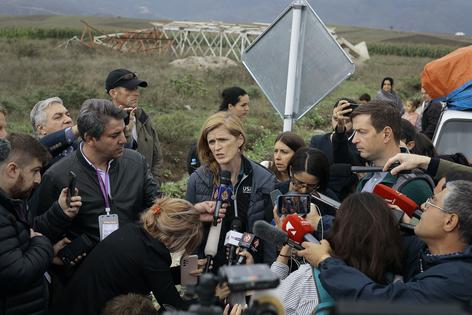








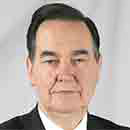








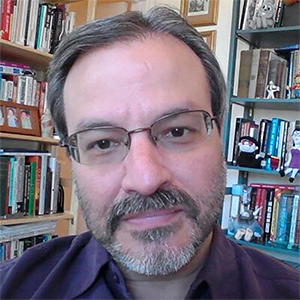







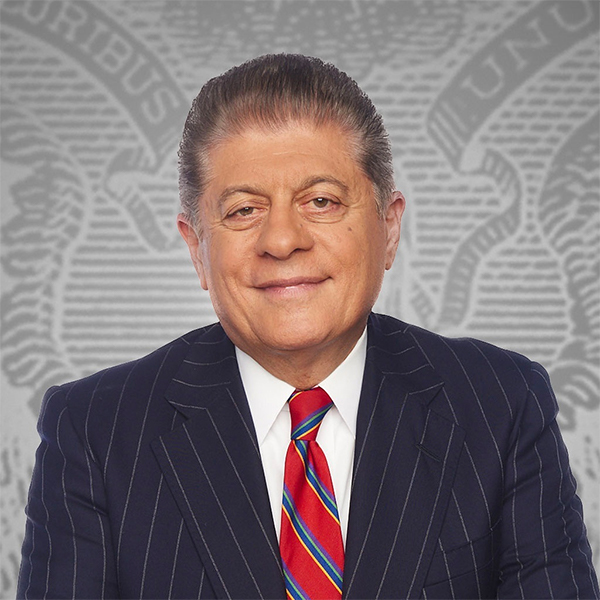














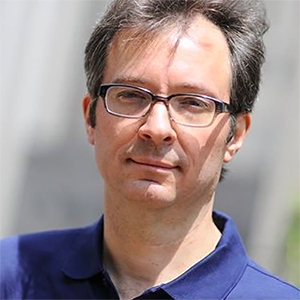









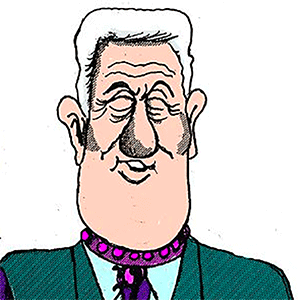


Comments